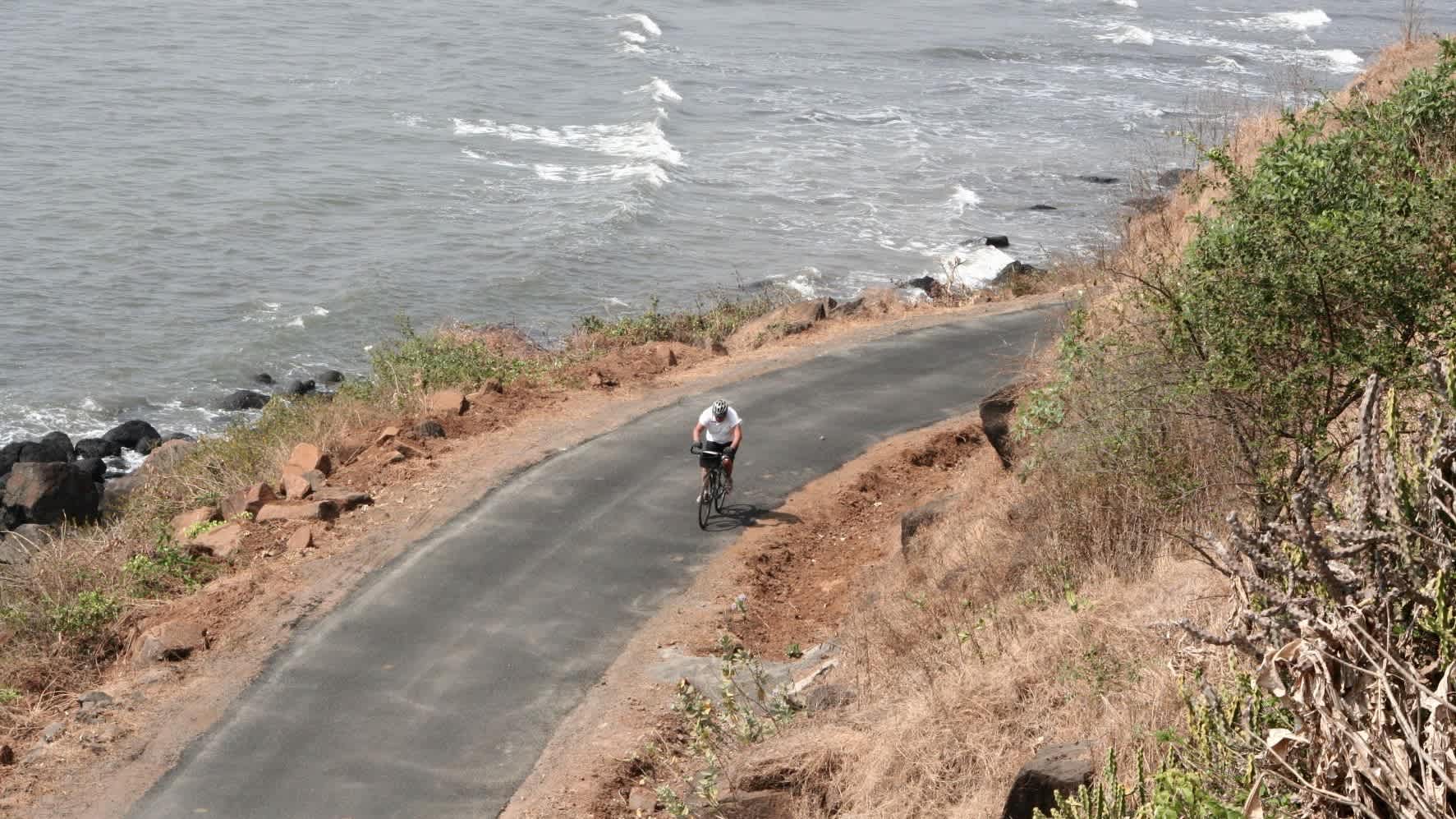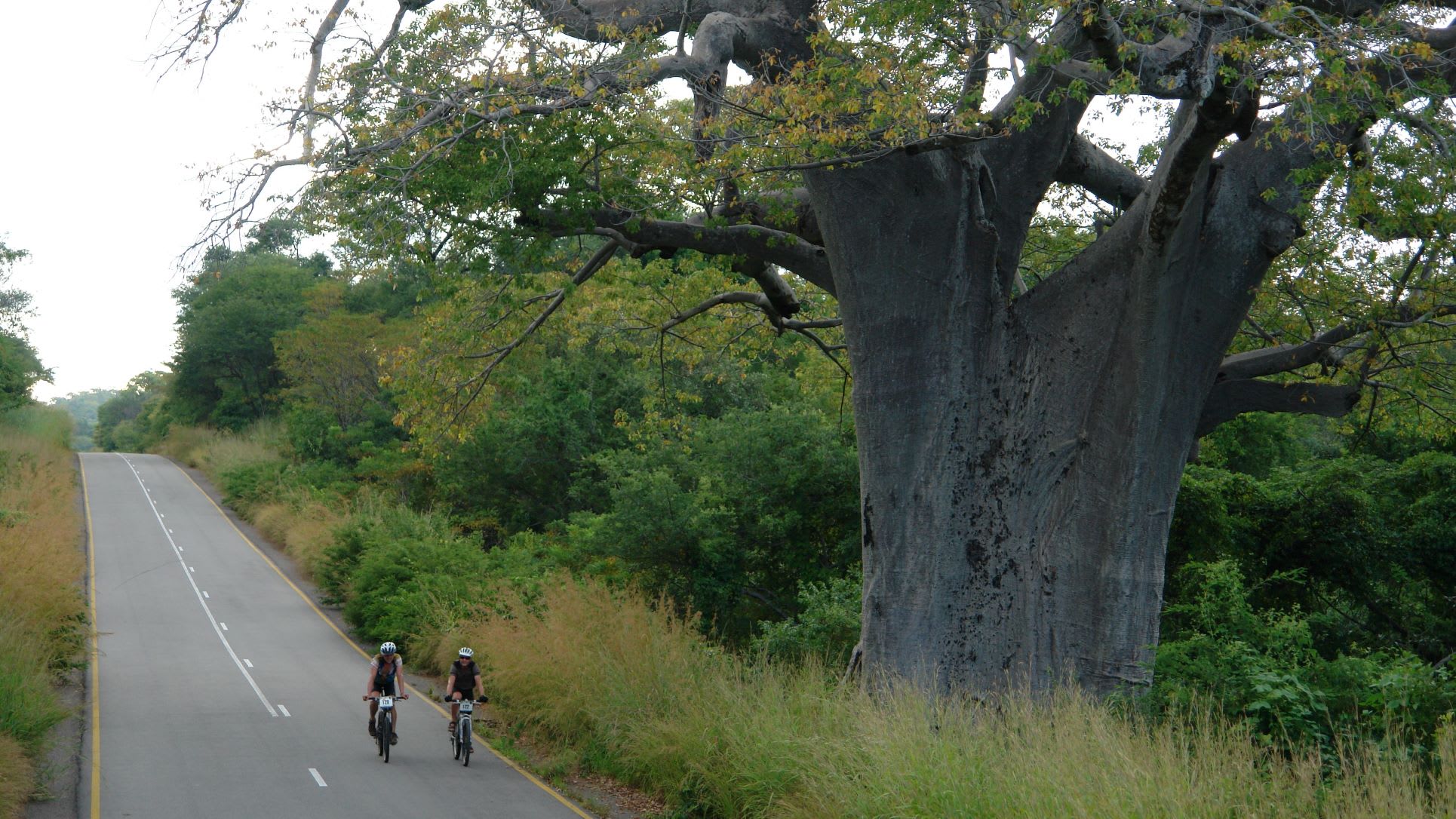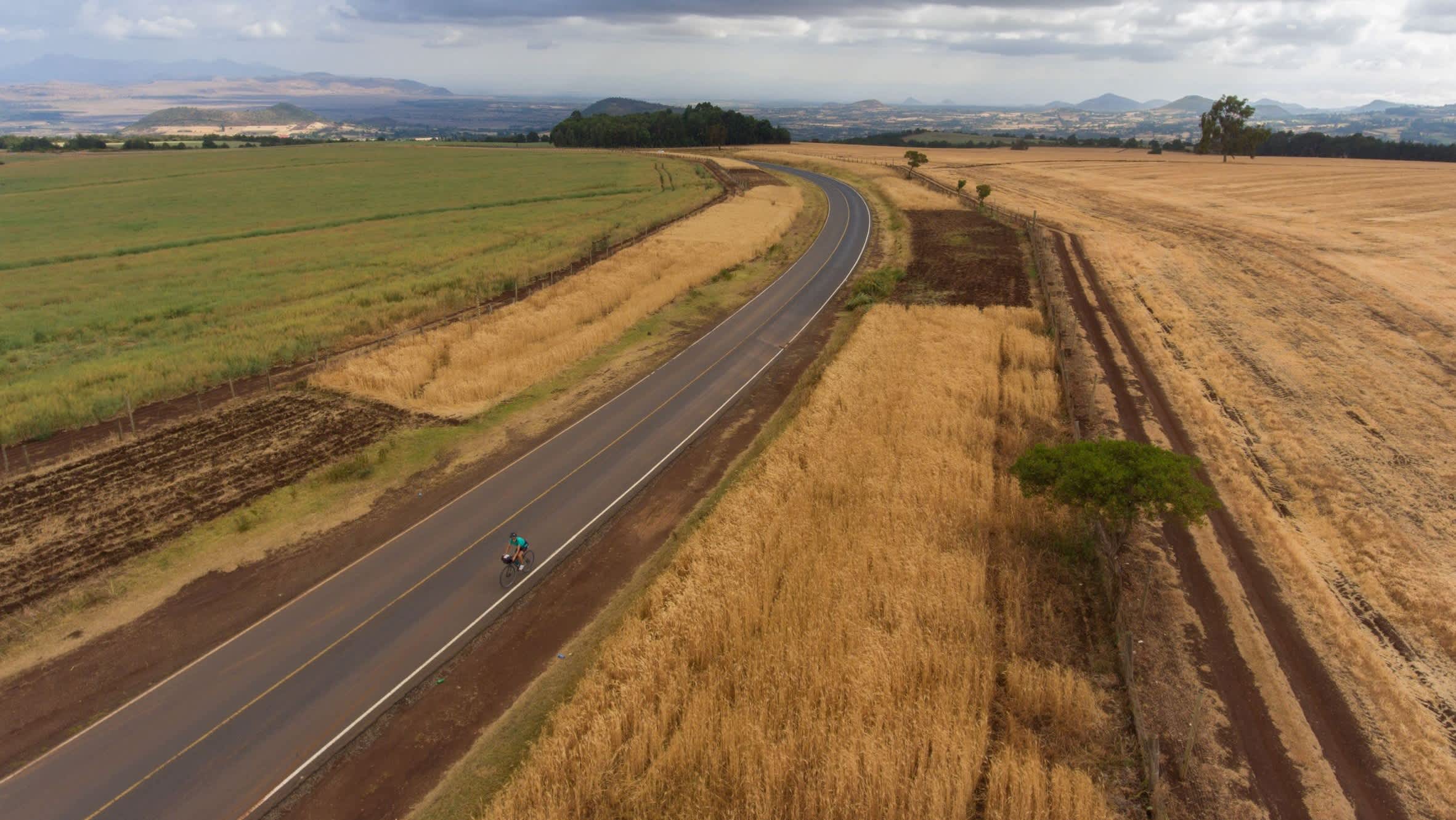Blog
What is the Carbon Footprint of a TDA Cycling Tour?
The COP26 climate conference starts today in Glasgow and we thought this was a good moment to share some data we recently compiled on the approximate carbon footprint of a TDA tour. We know in general cycling is a good and an environmentally sustainable form of transportation. Cycling tours are inherently a low carbon activity and long distance tours, such as those that we specialize in, are increasingly seen as the way to go – longer human powered trips, with less vehicle or air transfers along the route. This is the style we have employed since 2003.
But our cyclists are increasingly taking their carbon footprint into account when planning their travels. “For others, like Donna…slow travel is about reducing their environmental impact…In addition to amortizing her carbon footprint and seeing a place in depth, the long trip offers connection.” (from a New York Times article quoting one of our cyclists)
When we asked our past participants in a recent survey whether TDA should take action to reduce its carbon footprint, a majority of people said yes. On the question of whether they would be willing to pay to offset their carbon emissions for their tour, 53% said yes they would. But people also made it clear that it should be voluntary and not built into the price of the tours. So as a result, we did some calculations to help people understand what their TDA carbon footprint is, and how they can offset that if they choose to do so.
The Carbon Footprint for Your TDA Cycling Tour

WARNING! This part of the blog gets a bit technical.
The carbon emissions on average for our tours is between 0.5 and 1 tonne of C02 per person for one month on one of our tours. Compare this to the average per capita carbon emissions in Europe of about 1 tonne per month and in US, Canada and Australia it is around 2 tonnes per month (based on Word Bank Data shared here). So take for example the Tour d’Afrique which we estimated has a total of 69.4 tonnes of C02 emissions for a group of 30 cyclists for the full four month long tour from Cairo to Cape Town. This figure considers all the services that are included in the entry fee you pay – so emissions related to the food eaten, electricity for the accommodations, flights for staff, and the diesel burned in our support vehicles and so on. Notably, this number does not include the flight you take to get to the starting point and back home afterwards – just the emissions while on the tour itself.
So if you used a Gold Standard carbon offset (these are the ones considered the most reputable, that truly offset the emissions) your cost to offset your share of the Tour d’Afrique emissions would be about $46 USD for 2.3 tonnes of emissions for the full four month tour. Add to this the emissions from your flight (which can be as much or more than the entire emissions of your trip!) are anywhere from 1 to 4 tonnes depending where you are flying from and how many connections you have.
This brings your total cost to offset the emissions for the Tour d’Afrique to approximately $126 USD.
For comparison, our three month Bamboo Road cycling tour would be closer to $150 USD (including your flight) as you stay in hotels each night which use electricity compared to Tour d’Afrique which is primarily camping. This adds up to more carbon emissions per person.
There are some built in carbon offsets to a cycling tour to consider also. One long haul flight might have less impact than regular short haul commuter and business flights. After the flight, you are cycling everyday and a group of 30 people are supported by two vehicles typically. This is likely less than driving to and from work everyday over the same time period. Also, the food you eat on tour may or may not be less processed and sourced locally moreso than when you shop in a grocery store at home. These are all hard to quantify, but worth noting all the same.
Carbon Offsets are Only Part of the Solution

Most experts now agree that reducing our individual (and small business) carbon emissions, while meaningful, is not going to get us out of this mess. As a researcher at Stanford put it “As long as fossil fuels are the basis for the energy system, you could never have a sustainable carbon footprint. You simply can’t do it.” (from Mashable’s Social Good Series)
When I asked this question to one of our past participants Stephen Warren, a professor of atmospheric science, he responded that “Voluntary actions to reduce CO2 emissions are fine…but I think they’re not really quantitatively effective. What we need is a tax on carbon emissions [which] makes it more profitable to use less energy.” and so Stephen still tries to reduce his carbon emissions by choosing to live in a small house, commuting by bike, having a vegetarian diet and so on, but he loves travel and thinks personal travel is worthwhile even if we are producing emissions with our flights and activities abroad. As he says, travel gives us “an appreciation of geography, landscapes, and climates, and exposure to foreign cultures, languages, and ideas.”
In Popular Science, the experts agree… “the impacts of most individuals are microscopic compared to the impacts of energy companies and other large corporations. Unless countries get serious about making steep emissions reductions, our individual offsets are probably not going to avert disastrous climate change.” but they go on to say offsetting your emissions isn’t a waste of time either. “in this time of impending climate crisis, O’Rourke says that every little bit counts…’I think [carbon offsetting is] good because it’s an engagement in really understanding how to make a more sustainable world and feel like you contribute to that,’ says O’Rourke. ‘I think most people could, if they calculated it, afford to actually buy the offsets if they wanted to.'”
So what do you think of carbon offsets for travel? What suggestions do you have for reducing your carbon footprint? Please share your thoughts and insights below in the comments.
Further Reading
Guide to Buying Carbon Offsets by the David Suzuki Foundation
How Green is Cycling? from Bike Radar
Guide to Not Killing the Planet When you Travel by CN Traveller
11 Smart Ways to Reduce your Travel Footprint by Huffington Post

 REGISTER NOW
REGISTER NOW




Leave a Comment for "What is the Carbon Footprint of a TDA Cycling Tour?"